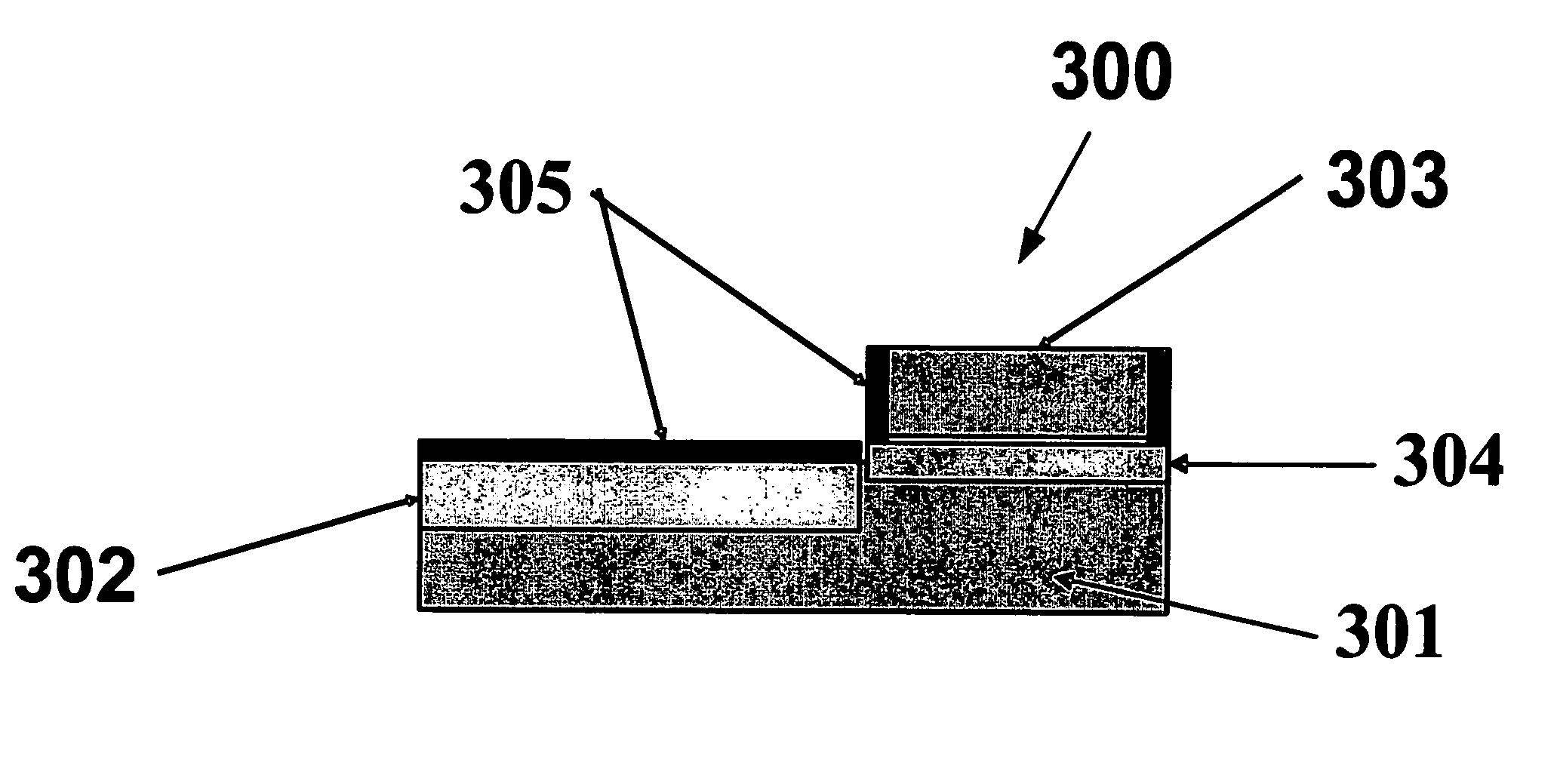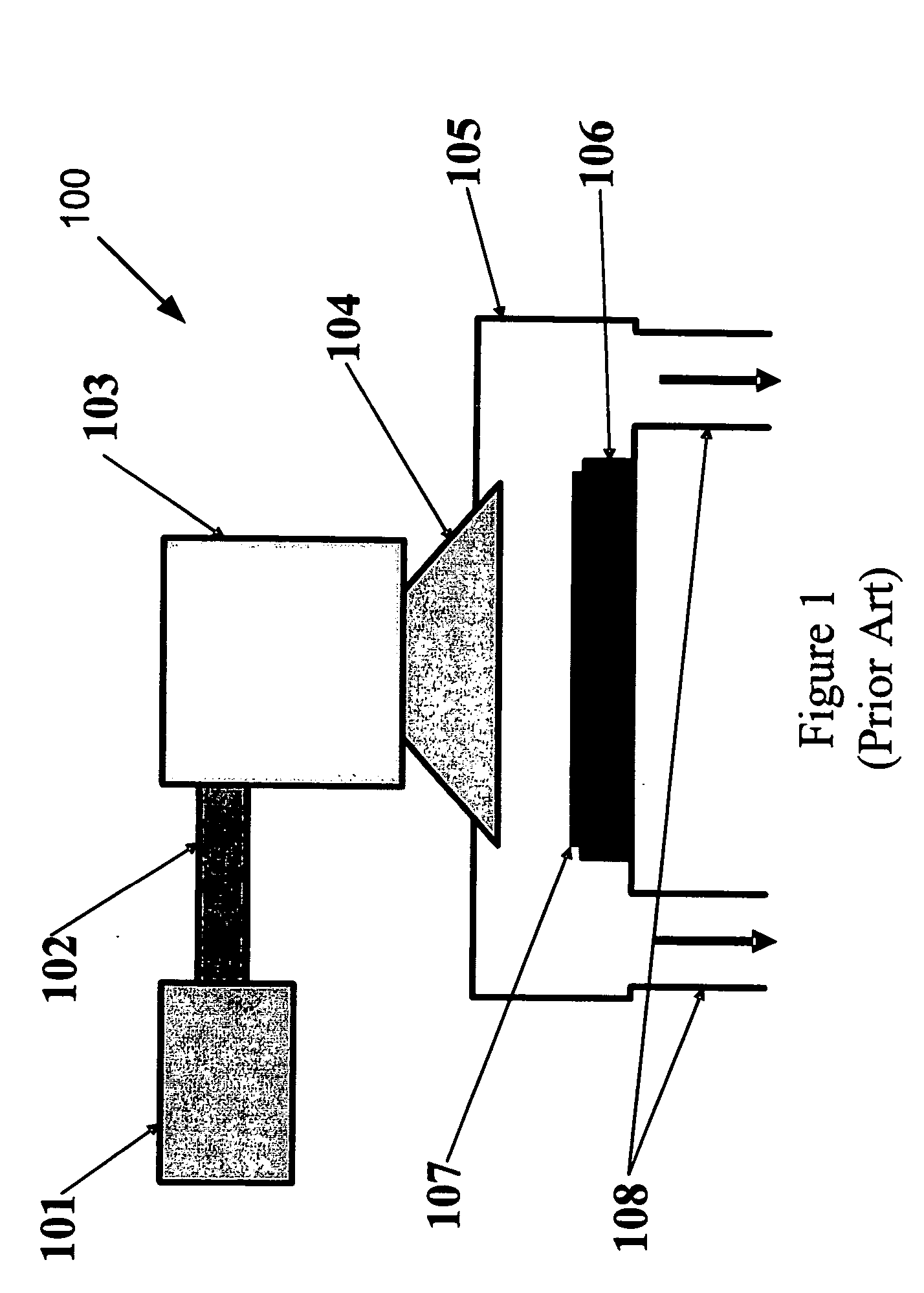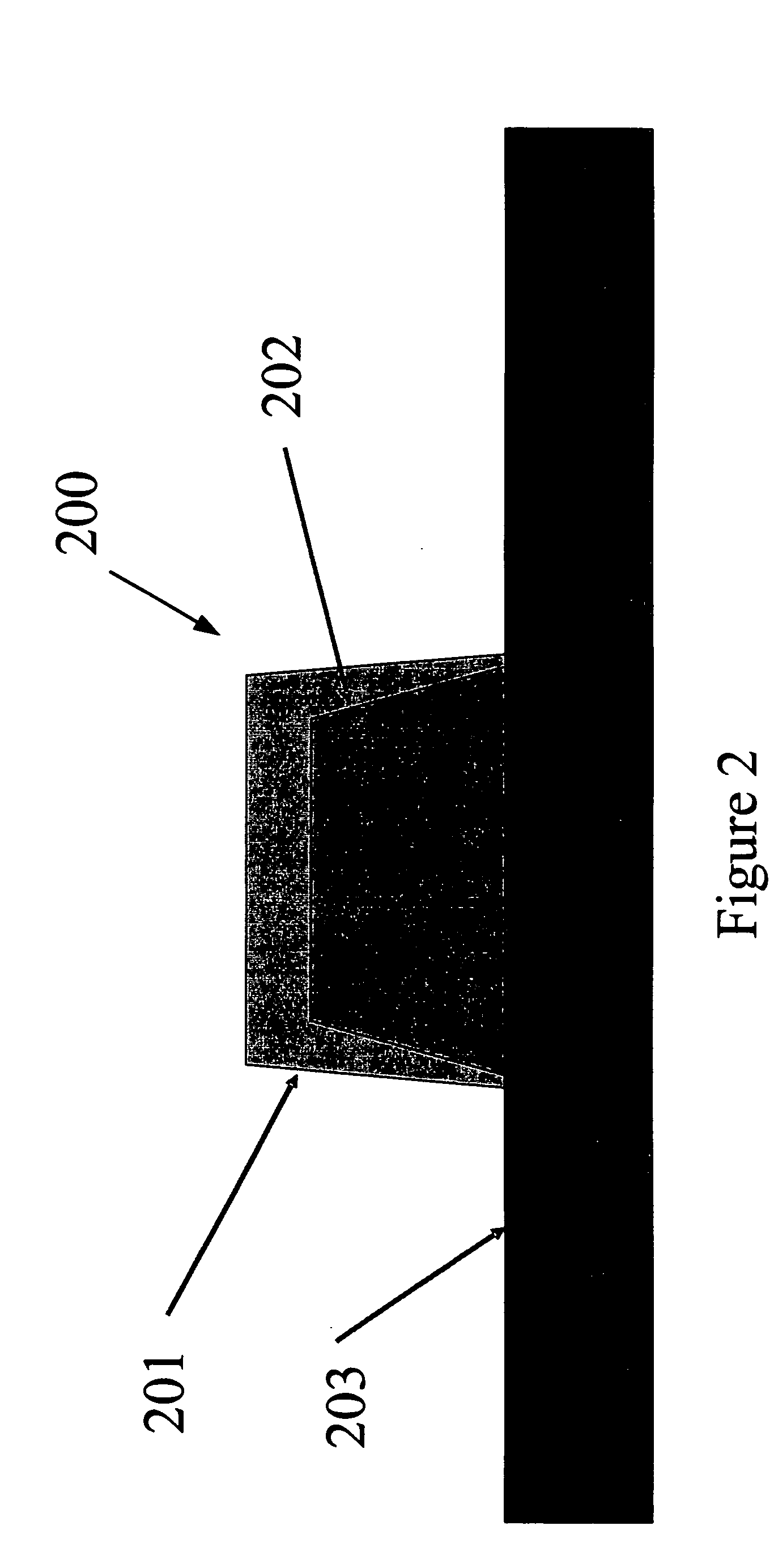System and method for removal of photoresist in transistor fabrication for integrated circuit manufacturing
a technology of photoresist and integrated circuit, which is applied in the field of system and method for removing photoresist in frontend fabrication, can solve the problems of insufficient thickness of critical layers on the wafer surface, inability to meet all process requirements, and inability to strip crust in pure oxygen. the effect of reducing the thickness of critical layers
- Summary
- Abstract
- Description
- Claims
- Application Information
AI Technical Summary
Benefits of technology
Problems solved by technology
Method used
Image
Examples
Embodiment Construction
[0028] The following description is presented to enable one of ordinary skill in the art to make and use the invention and is provided in the context of a patent application and its requirements. Various modifications to the described embodiments will be readily apparent to those skilled in the art and the generic principles herein may be applied to other embodiments. Thus, the present invention is not intended to be limited to the embodiment shown but is to be accorded the widest scope consistent with the principles and features described herein. It is noted that the drawings are not to scale and are diagrammatic in nature.
[0029] It is recognized that, for purposes of current and future IC fabrication, there are serious concerns with respect to the integrity of the very thin layers—typically between 100 Angstroms and 300 Angstroms—to be used for junctions and for protective layers. As a side-effect, RIE, in addition to the difficulties which accompany its use such as discussed abo...
PUM
 Login to View More
Login to View More Abstract
Description
Claims
Application Information
 Login to View More
Login to View More - R&D
- Intellectual Property
- Life Sciences
- Materials
- Tech Scout
- Unparalleled Data Quality
- Higher Quality Content
- 60% Fewer Hallucinations
Browse by: Latest US Patents, China's latest patents, Technical Efficacy Thesaurus, Application Domain, Technology Topic, Popular Technical Reports.
© 2025 PatSnap. All rights reserved.Legal|Privacy policy|Modern Slavery Act Transparency Statement|Sitemap|About US| Contact US: help@patsnap.com



